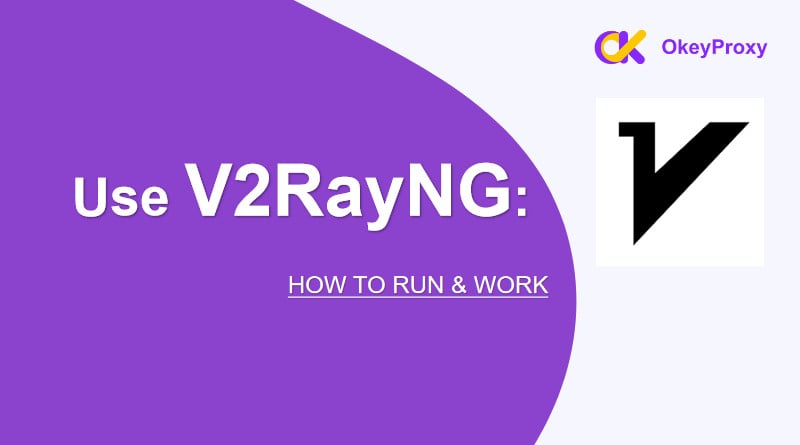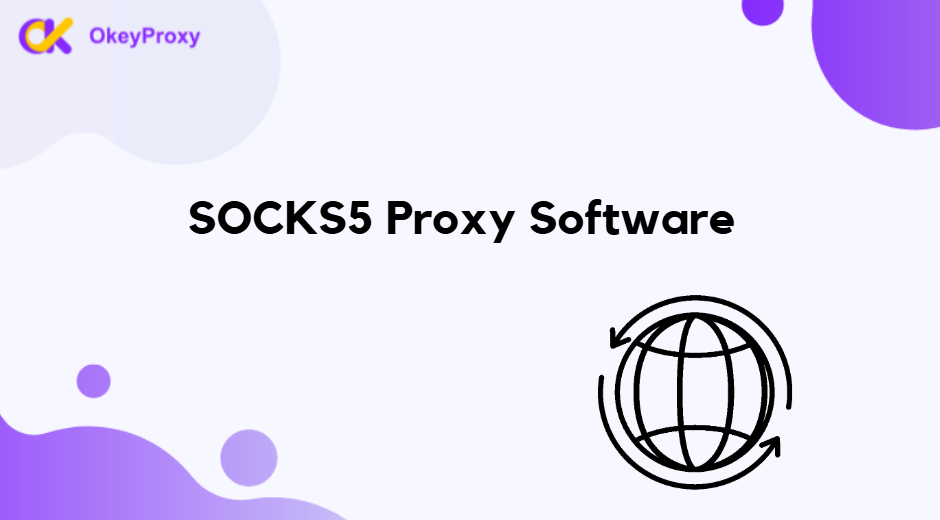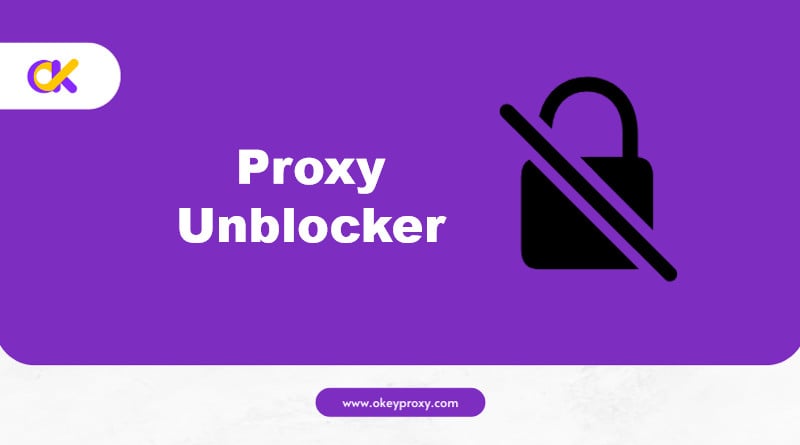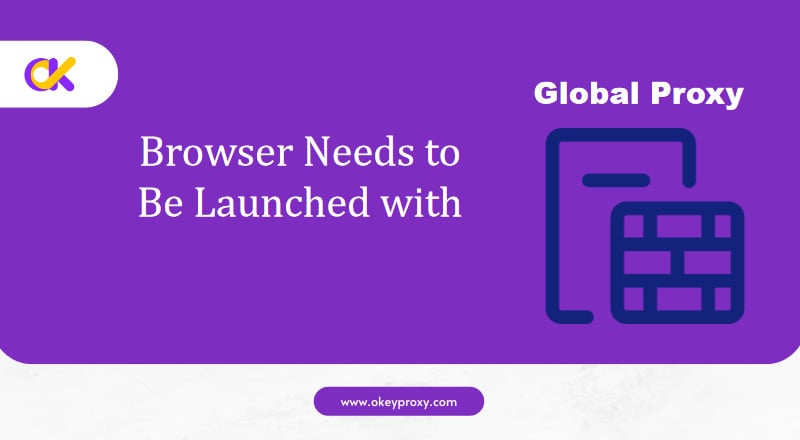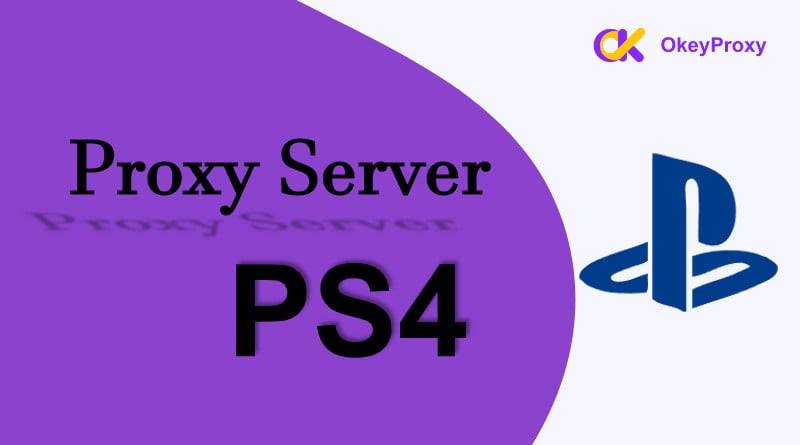Looking to bypass internet restrictions and safeguard your online privacy? V2RayNG is a powerful tool that can help. This guide will take you through everything you need to know about installing, configuring, and troubleshooting V2RayNG to navigate the web securely.
Definition of V2RayNG
V2RayNG is very well-known, especially among users in regions where internet censorship is prevalent. Its popularity stems from its flexibility, ease of use, and ability to circumvent restrictive Internet policies. It supports multiple protocols and can be configured to work with various V2Ray features, making it a versatile choice for those seeking to maintain privacy and access content without restrictions. So, What is V2RayNG? V2RayNG is a client app for Android that helps users bypass internet censorship and improve privacy by using the V2Ray protocol(known as VMess). V2RayNG makes connecting to V2Ray servers simple with its user-friendly interface and support for various protocols.
- User-Friendly Interface: The app is designed to be straightforward, making it accessible even for beginners.
- Support for Multiple Protocols: Works with VMess, Shadowsocks, and SOCKS5, giving flexibility based on user’s needs.
- Customizable Settings: Tailor the app’s behavior to suit user’s preferences.
- Efficient Configuration: Quickly import server settings via QR codes or configuration files.
How to Work with V2RayNG?
-
Download and Install
To get started with V2RayNG, follow these steps:
Download the APK:
Go to the official GitHub page of V2rayNG or another reputable source to download the APK file of V2rayNG, like Google Play Store. Be cautious to avoid malicious software downloaded.
Install the App:
If your device restricts apps from unknown sources, navigate to Settings > Security > Unknown Sources and enable it. Then open the V2rayNG APK and follow the prompts to install. -
Initial Setup
Once installed, it’s time to launch the app.
Grant Permissions:
When you first open V2RayNG, it will request permissions to access your network and storage. Allow all permissions needed for the app to function correctly. -
Setting Up V2RayNG.
To use V2RayNG, adding a server configuration is necessary:
Manual Setup
- Server Address: Enter the IP address or domain name of your V2Ray server.
- Port: Input the port number your server uses.
- Protocol: Choose the protocol you’ll use (e.g., VMess, Shadowsocks).
- Additional Information: Depending on the protocol, you might need to enter more details like UUID for VMess or specific encryption settings for Shadowsocks.
Import Configuration
- QR Code: If you have a QR code with server details, tap “Scan QR Code” to automatically import all the settings. Once the configuration is saved, V2RayNG will be set up according to the settings provided in the QR code.
- File Import: How to add .config file to v2rayNG? If you have a JSON configuration file, tap the three-dot menu icon in the top right corner and select “Import from File” to upload the configuration of the server.
-
Connecting to a Server
After setting up your server, tap the server profile you want to connect to from your list. After toggle the switch or press “Connect” to establish a connection, the app will now route your internet traffic through the selected server.
Monitor Status:
When a server is connected, keep track of your connection status and data usage from the app’s main screen.
Disconnect:
When you’re done, simply toggle the switch or tap “Disconnect” to end the connection.
-
Advanced Settings
For users who want more control over their setup, V2RayNG offers more choices to define:
1. Customize Protocols
VMess:
UUID: Input your unique user ID for VMess.
Alter ID: Add an extra layer of security with Alter ID.
Encryption: Choose an encryption method like aes-128-gcm or chacha20-poly1305 to secure your data.Shadowsocks:
Server Address: Enter the server’s IP address or domain.
Port: Input the port number used by the server.
Encryption: Select an encryption method such as aes-256-gcm to protect your data.SOCKS5:
Proxy Address: Provide the IP address and port for the SOCKS5 proxy.
Authentication: If required, enter a username and password.2. Set Up Routing Rules
You can set specific rules to manage how your traffic is routed:
Add Rules:
IP Rules: Direct traffic based on IP addresses. Useful for ensuring certain traffic routes through specific servers.
Domain Rules: Route traffic based on domain names. Helps in managing traffic to different sites or services.Manage Rules:
Priority: Adjust the priority of your routing rules to control how they are applied.
Exceptions: Define exceptions for certain types of traffic if needed.3. Enhance Security
Enable Encryption: Make sure encryption is enabled to safeguard your data.
Use Obfuscation: Apply obfuscation techniques to hide your traffic patterns from potential detection by network filters.
Troubleshooting When Use V2RayNG
If you encounter issues while using V2RayNG, here are some troubleshooting steps you can follow:
-
Connection Problems
- Verify Settings: Double-check server details and credentials to ensure they’re correct. If the server configuration is imported from a file or URL, try re-importing it or obtaining a new configuration file from your service provider.
- Network Issues: Ensure that your internet connection is stable and functioning while no firewall or antivirus software is blocking V2RayNG.
- DNS Issues: Set a custom DNS server in the V2RayNG app settings. Using a reliable DNS server like Google DNS (8.8.8.8) or Cloudflare DNS (1.1.1.1) can resolve DNS-related problems.
-
Performance Issues
- View Logs: Go to the settings menu in V2RayNG and view the logs. The logs can provide detailed error messages that can help in identifying the issue.
- Choose the Right Server: Opt for a server with lower latency to improve connection speed and reduce lag. If the connection is unstable, try switching between different transport protocols like WebSocket, TCP, or mKCP.
- Optimize Settings: Adjust settings such as buffer size or connection type to enhance performance.
-
App Errors
- Clear App Cache: Go to your device’s settings, find V2RayNG in the app list, and clear its cache and data. Reconfigure the app after clearing the data.
- Update the App: Keeping V2RayNG updated ensures you get the latest features and fixes.
- Reinstall the App: If you’re still experiencing issues, try uninstalling and reinstalling the app to resolve any potential problems.
FAQ about V2RayNG
-
Is V2RayNG free?
Yes, V2RayNG is a free and open-source application for Android devices. People can download and use the app without any cost. However, using V2RayNG effectively often requires access to a server, which sometimes is paid. Some users set up their own V2Ray servers, which can also incur costs related to hosting and maintaining the server.
-
Is V2Ray a proxy or VPN?
V2Ray is a flexible network proxy tool rather than a traditional VPN, which forwards internet traffic through a remote server. In contrast, traditional VPNs create an encrypted tunnel between devices and the VPN server, routing all internet traffic through this tunnel. V2Ray is commonly used to bypass censorship and obfuscate traffic, making it harder to detect and block. VPNs, on the other hand, are often used for general privacy, security, and accessing geo-restricted content.
-
Does V2RayNG support HTTP(s) proxy or SOCKS proxy?
Yes, by entering details in the “Manual Configuration” settings or by importing a configuration file that specifies proxy settings, V2RayNG supports both HTTP(s) proxy and SOCKS proxy. Therefore, if you are looking for an ideal proxy server, with a vast IP Pool, OkeyProxy would be a good choice, now offering A 1GB Trial proxy for new users online.
-
How do you use Shadowsocks with V2rayNG?
To use Shadowsocks with V2RayNG, people essentially configure V2RayNG to work as a client for a Shadowsocks server. Firstly, ensure the Shadowsocks server details are prepared. Next, add the server manually and select “Shadowsocks” as the protocol. Importing the configuration file or URL in the V2RayNG app is also effective.
-
How to run V2rayNG on Windows?
V2RayNG is specifically designed for Android devices and does not have a native Windows version. However, you can run V2Ray (the core of V2RayNG) on Windows using the following methods:
- Visit the V2Ray GitHub Releases page and Download V2Ray for Windows.
- Extract the ZIP file and create or modify the file named config.json in the extracted directory with server configuration and V2Ray settings. Like this:
{ "inbounds": [ { "port": 1080, "listen": "127.0.0.1", "protocol": "socks", "settings": { "auth": "noauth", "udp": true } ], "outbounds": [ "protocol": "vmess", "vnext": [ "address": "your_server_address", "port": your_server_port, "users": [ "id": "your_uuid", "alterId": 64, "security": "aes-128-gcm" ] } - Open Command Prompt or PowerShell and navigate to the V2Ray directory. Run the command: ‘v2ray.exe -config config.json’.
- Set system or application proxy settings to use V2Ray by pointing them to localhost and the port specified in the V2Ray configuration.
-
How to install V2rayNG on Linux?
V2RayNG is primarily an Android application, so it doesn’t have a native version for Linux. However, if people want to use V2Ray on Linux, they would generally use the V2Ray core directly rather than V2RayNG.
- Create a directory for V2Ray, download the latest version from GitHub, and extract this file.
- Move the v2ray and v2ctl binaries to /usr/local/bin. Next, create a configuration file for V2Ray at /etc/v2ray/config.json.
- Start V2Ray manually.
-
Is it safe to use V2RayNG?
Yes, V2RayNG is generally safe to use when downloaded from official sources and properly configured. People also can use some alternatives of V2RayNG for different platforms. To ensure security, use b encryption methods, keep the app updated, and verify the trustworthiness of the servers you connect to. Always review app permissions and handle configuration files and credentials with care to protect your privacy and data.
Conclusion
V2RayNG is a powerful and versatile app for managing V2Ray connections. With this guide, you should be able to install, configure, and troubleshoot the app effectively. For more detailed help and updates, visit the official V2RayNG GitHub page. Happy browsing!

